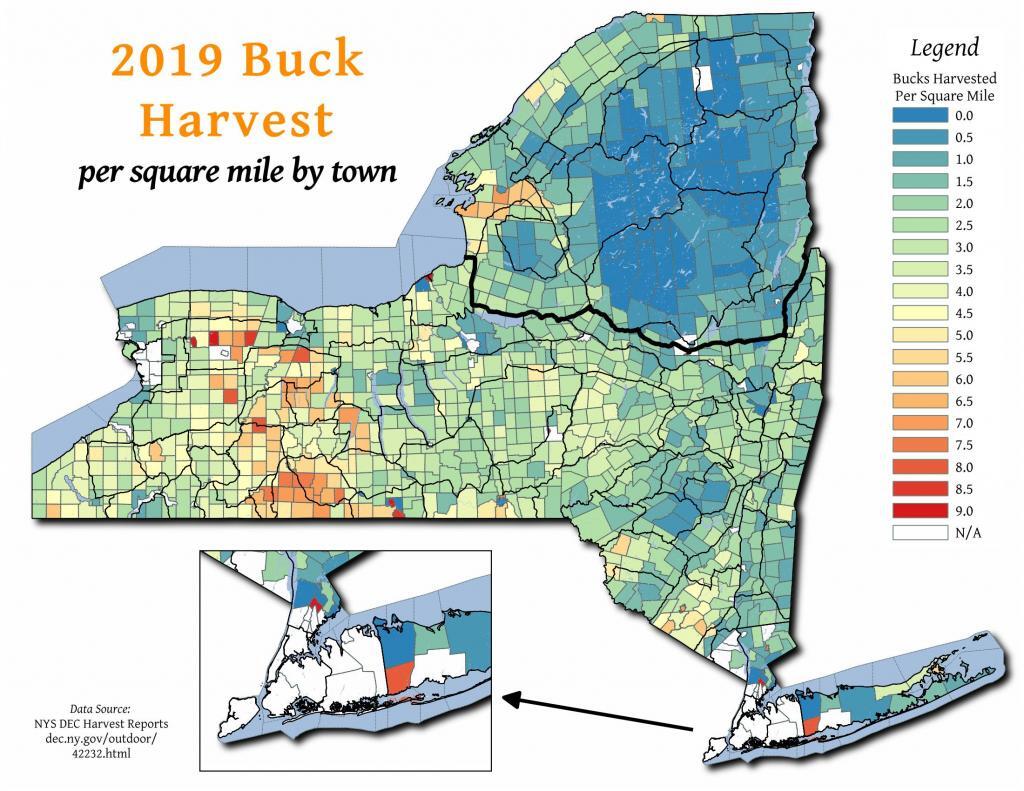Sarah Sortum has a photo of her grandparents receiving a conser?vation award in 1973 for planting trees across their ranch in the eastern Nebraska Sandhills.
“In my grandparents’ generation they were really encouraged by conser?vation programs to plant trees,” says Sortum, who now helps run that same family-owned acreage, known as the Switzer Ranch. “Remember, this is the Arbor Day state. That’s a way of life in Nebraska, planting trees.”
The trees, primarily native eastern redcedar, offer shade and visual relief from the unrelenting horizon of prairie. Their dense branches and evergreen needles provide a windbreak and natu?ral snow fence to protect the homestead, and a virtual “outdoor barn,” in Sortum’s words, for calves in spring.
“Now we have these beautiful, mature cedar windbreaks, and they are valuable to us,” she says. “But now we have all this seed source.” subscribe to Living Bird magazine
Research from the University of Nebraska–Lincoln shows that that seed source—the fully grown redcedars burst?ing with tiny cones at the ends of their evergreen branches—can propagate a wave of cedar seedlings that spread out a couple hundred yards away from the parent tree. Two generations after her grandparents planted them, those redcedars are spreading out from the homestead and windbreaks, creating an ungovernable front of woodland. And it’s not just the Switzer Ranch. The same thing is happening throughout the Sandhills—and across much of the central Great Plains.
